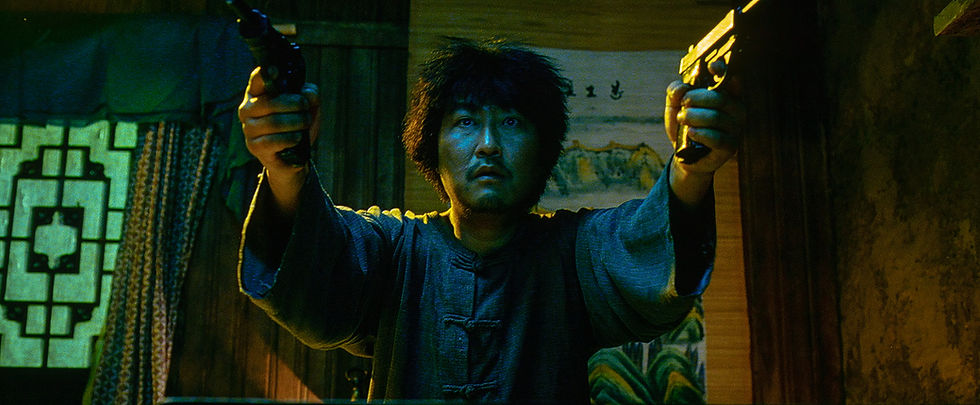Criterion’s “The Passion of Joan of Arc,” one of the best silent films ever made
- High-Def Watch Staff
- Mar 29, 2018
- 3 min read
Updated: Apr 4, 2018
BLU-RAY REVIEW


“THE PASSION OF JOAN OF ARC: THE CRITERION COLLECTION”
Blu-ray, DVD; 1928; Not Rated; no streaming
Best extra: “About Voices of Light” interview
THE CRITERION COLLECTION celebrates the 90th anniversary of a classic work of cinema with “The Passion of Joan of Arc,” often called one of the greatest silent films ever made. After watching this Blu-ray, Danish director Carl Theodor Dreyer’s 1928 masterpiece will certainly leave viewers agreeing.
The black-and-white film stars the radiant French actress Renée Falconetti, with words taken directly from the actual transcript of the 15th century trial, in which the 19-year-old future saint is accused of heresy and witchcraft and condemned to death at the stake. Criterion offers two video versions (one in 20fps, the other in 24fps), and three different scores for Dreyer’s film, as well as some fine extras. It’s a splendid package, worthy of anyone interested in the history of cinema, but thanks to this superb restoration, the film stands on its own as an extraordinary work of art.


VIDEO
The 2K restoration was handled by the French production company Gaumont, sourced from a vintage print made by The Cinémathèque Française, via a copy from the Danish Film Institute. Shot by cinematographer Rudolph Mate, the video is virtually flawless, with the numerous close-ups so sharp you can see pores in the actors’ complexions. Every tear that falls from Falconetti’s big soulful eyes is palpable. And the expressionistic sets, with their deep blacks and harsh whites, are shown with great depth, and are appropriately terrifying.
AUDIO
Viewers can choose from several ways to watch the film, including with no sound. The scores available include one from 1994 by Richard Einhorn; a 2005 piano composition by Mie Yanashita; and a 2010 score by British trip-hop musicians Will Gregory and Adrien Utley. All three are presented in excellent clarity and each has qualities to recommend it.
EXTRAS
Include a recent interview with Gregory and Utley; an audio interview by Einhorn with Falconetti’s daughter and biographer, Hélène; a documentary about the various versions of the film and its fascinating history; a production design photo archive; a 1999 feature commentary by film scholar Casper Tybjerg; and an illustrated booklet containing an essay by critic Mark Le Fanu and a “director’s statement” by Dreyer from 1929.


The recent interview with Einhorn is especially interesting. The composer had already scored 16 feature films when he decided he wanted to do “something about religion.” At first, he rejected the idea of Dreyer’s film, but after viewing it at the MOMA film archive, he pronounced it to be “the best film I’d ever seen in my life,” and he knew he wanted to approach it. He utilized words from the trial transcript in his score, but says “it was clear Dreyer has stolen all the best lines!”
The vocal elements in Einhorn’s composition are meant to suggest the celestial voices Joan claimed to have heard; he also included words by medieval female mystics from Joan’s time. Einhorn felt he “needed to get as close to Joan as I possibly could,” and traveled to France to visit sites related to her life, such as Domremy, Rouen and Orleans. He went to the house where she lived, and the church in which she prayed, where he recorded the sound of its bells.
He included their sound in his score, noting that Joan “was obsessed with bells; they’d trigger the voices.” Einhorn felt that Falconetti’s performance showed Joan as a somewhat “helpless victim,” whereas he “imagined someone tough as nails, who never stopped fighting for herself … who led armies into battle … an amazing human being.”
Einhorn says that in addition to wanting the score to make the emotional meaning of the film clearer, he “wanted to go deeper … to add emotions, nuance, and ambiguity.” He says he wanted to “evoke medieval music … but have it “flow outside of time.”
— Peggy Earle




Comments